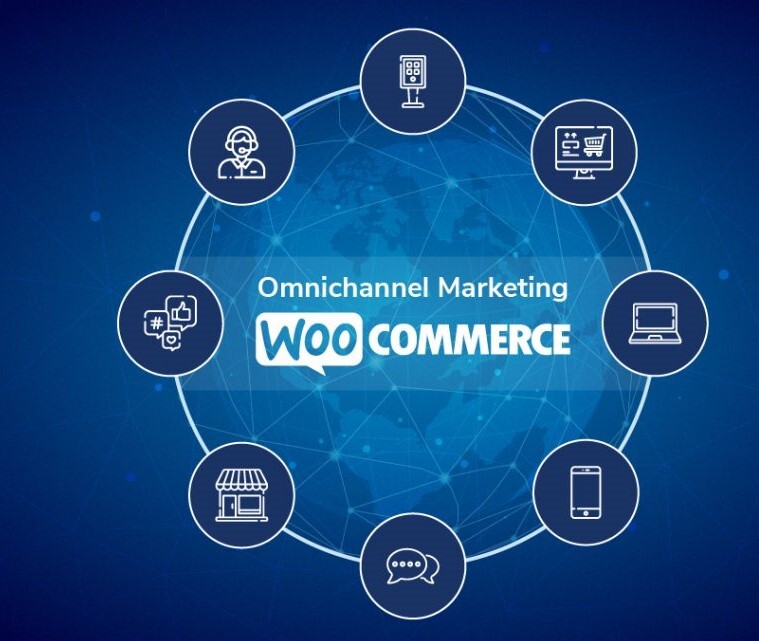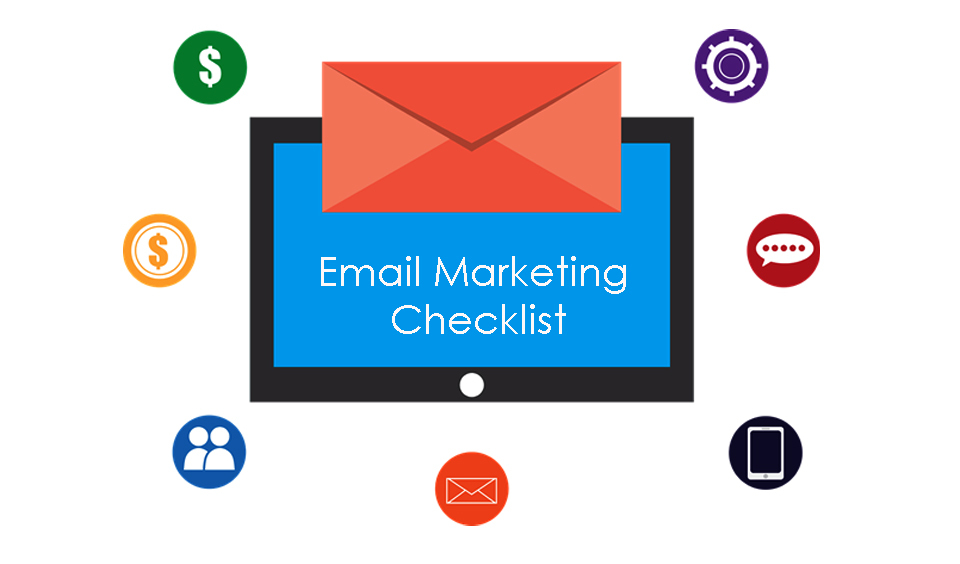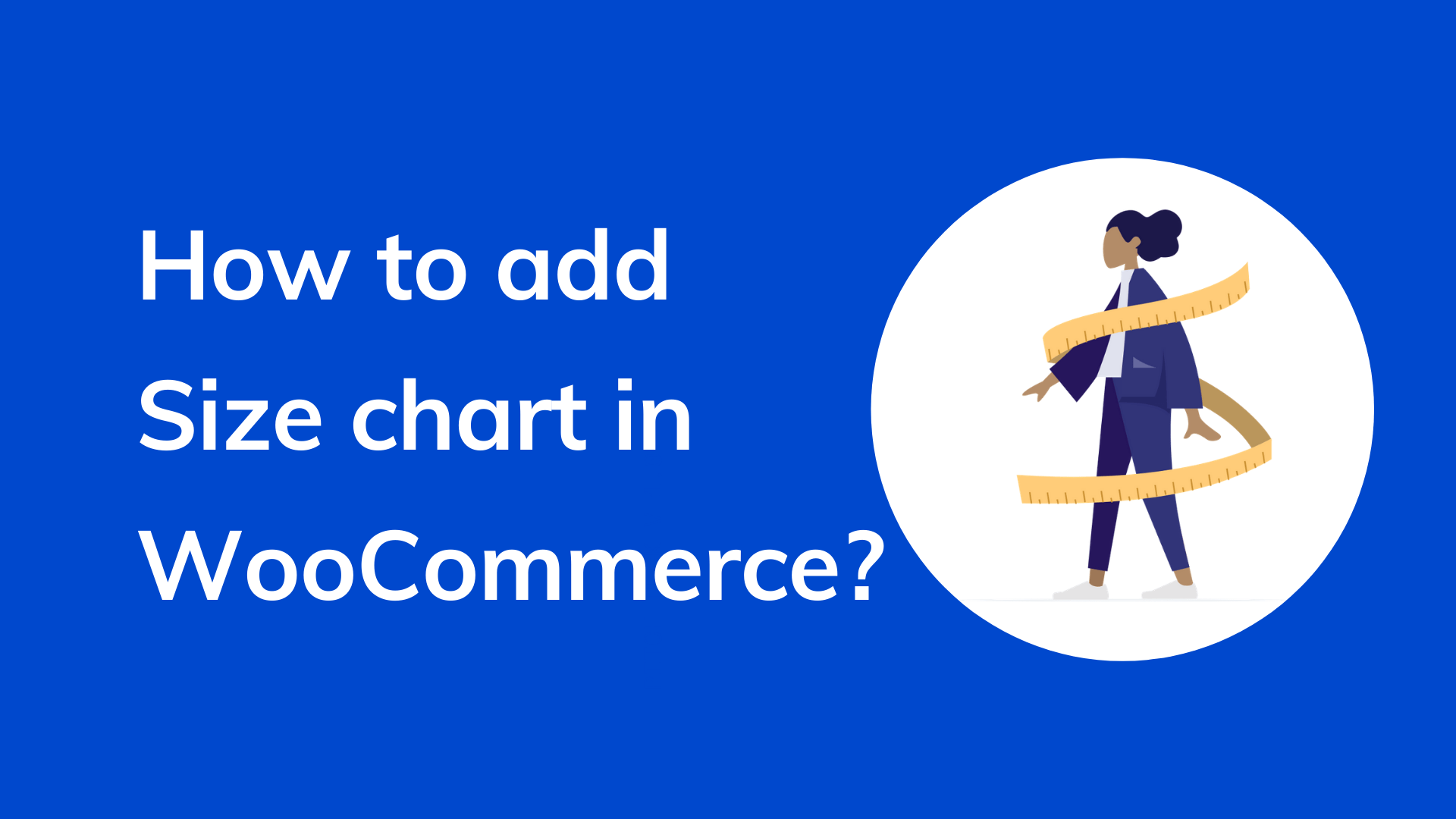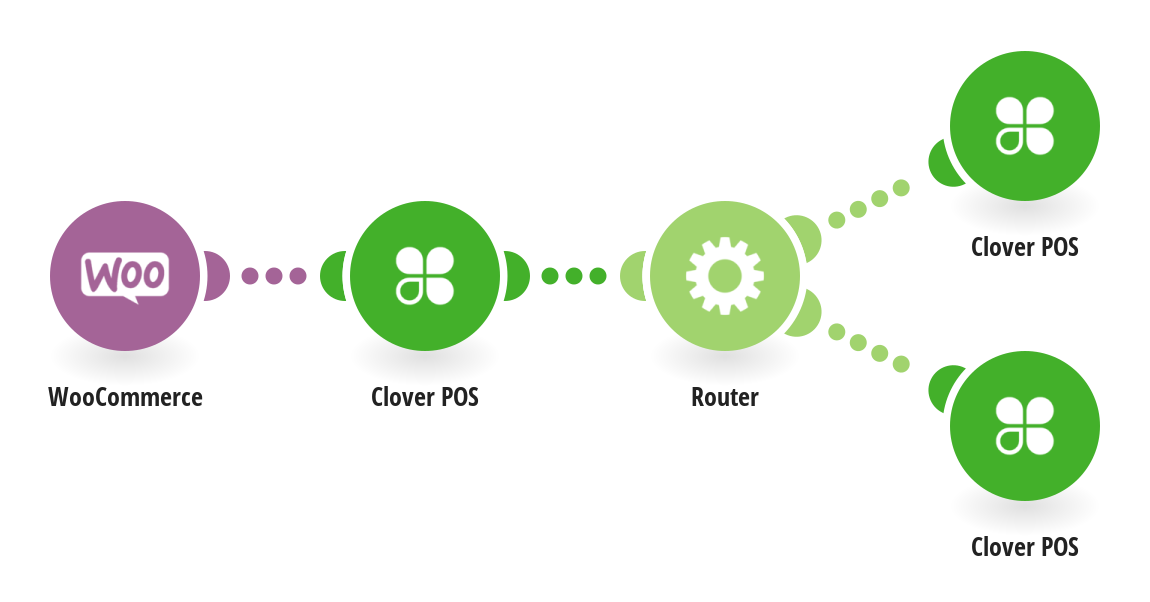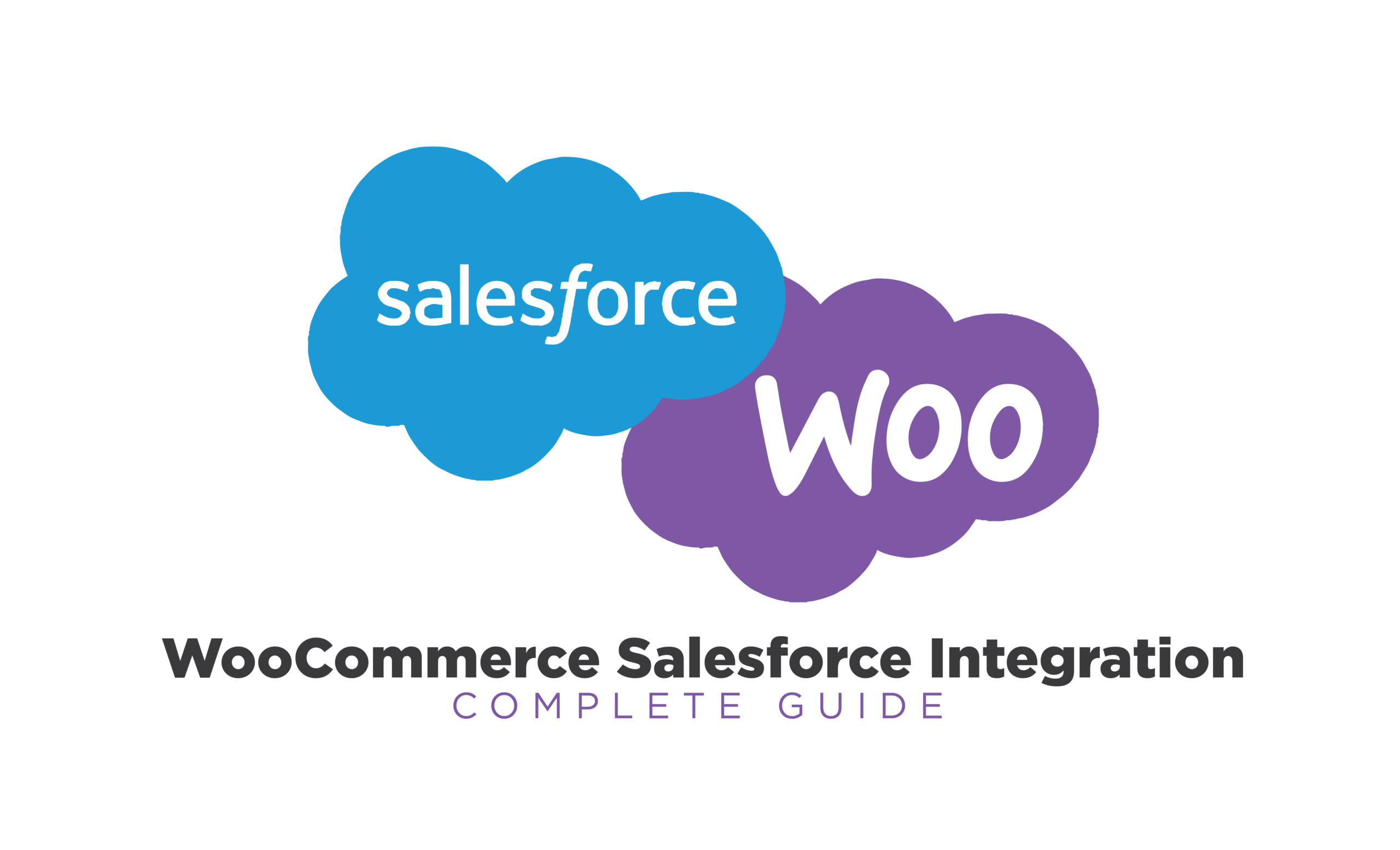Introduction
Do you have a WooCommerce store? Have you been looking for new ways to grow your business?
The rise of online stores like Amazon and Alibaba has impacted how people buy things. People are no longer constrained to their desktop or laptop and can purchase anything from anywhere with any device.
And while some brick-and-mortar retailers are doing well, many more are struggling to adapt. With an omnichannel marketing strategy, it becomes easier for customers to buy products on your site since they are already familiar with what you have to offer.
But what does this entail? How can you implement it into your WooCommerce store? In this guide, I’ll walk you through everything you need to know about omnichannel marketing and how you can implement it in your WooCommerce store to help grow your business!
What is Omnichannel Marketing and What Does it Involve?
Firstly, omnichannel is the concept of using all possible channels to interact with customers. This includes in-store, online, phone, chatbots, social media and any other customer touchpoint.
Omnichannel marketing is the coordination between all of these channels, focusing on creating an integrated customer experience across them all.
In other words, omnichannel marketing is the alignment of all customer services and sales channels into a seamless experience.
It’s not enough anymore to have a website and an in-store presence. Retailers must have the ability to interact with customers on their preferred channels, using the same branding, messaging and customer service.
Multichannel Vs Omnichannel Marketing
First, let’s start by distinguishing between the two terms. Multichannel marketing doesn’t refer to an advertising or media strategy as omnichannel does, but rather a type of business model. Multichannel businesses have more than one way of interacting with their customers, whether it be through different sales channels or customer service touchpoints.
Contrarily, omnichannel marketing is an advertising and media strategy that refers to a type of business model. Omnichannel businesses have only one way of interacting with their customers, through a consistent customer experience across all sales channels and customer service touchpoints.
A notable difference between the two strategies is that multichannel businesses can exist without an omnichannel strategy, but the reverse isn’t true. That’s because Omnichannel strategies strive to create a consistent customer experience across all sales channels.
Why is Omnichannel Marketing Important?
1. Higher customer retention rates
Omnichannel marketing is more than just a marketing strategy; it is an approach that ensures the best experience for your customers.
Prior studies have shown that marketers who use omnichannel as a customer retention strategy have an average of 17% higher conversion rates. Moreover, those customers are 16-29% more likely to make a second purchase.
To implement an effective omnichannel strategy, you must ensure that all your channels are aligned and work together. This means that the customer’s experience should be consistent across all touchpoints, including your website, social media, email marketing, and phone calls.
2. A cohesive brand strategy and identity
Customers can get a more well-rounded view of the brand and its offerings by being present across different channels. Additionally, this strategy allows customers to interact with the brand most conveniently.
For example, a customer might start their purchase journey on the brand’s website but then finish it on their mobile phone. Omnichannel marketing helps to make the entire experience cohesive and convenient for customers.
3. Increased Returns on Investment (ROI)
With omnichannel marketing, you can meet consumers where they are and deliver the right message in the right channel at the right time.
A recent study by Aberdeen Group found that companies with an omnichannel marketing approach experience 21% higher revenue growth and 23% lower cost-per-lead than competitors.
On top of this, ROI is also higher. In fact, on average, companies with an omnichannel approach experience 12% better return on marketing investment (ROMI) than those without.
Hence, omnichannel marketing is a powerful tool to help businesses achieve better results.
4. Delivering a unified user experience
Today’s consumers are more connected than ever. They use multiple devices and channels to interact with brands, and they expect a unified experience across all channels.
Some customers prefer online channels for research and purchase, while others prefer to visit a physical store for browsing and purchasing. Still, others may prefer using a call center or speaking with a sales representative in person.
Omnichannel marketing allows you to reach these customers and deliver a unified experience. Therefore, it’s essential to use all these channels to communicate with customers.
How to Develop an Effective Omnichannel Marketing Strategy
Step 1: Identify your target market
You need to identify your target market and understand their needs and wants. This will help you create content that resonates with them and attracts them to your business. You can use tools like Google Analytics, Facebook’s Audience Insights and other free-market research tools.
Step 2: Set aside a budget
Next, you need to set aside a budget for your marketing efforts. Google Analytics can assist you in this and also in setting up conversion goals. This will help you track how much money you’re spending and what’s working best for your business.
Step 3: Select the tools and methods to assist you to connect with your customers
Here, you need to select the tools and methods that will help you run your marketing campaigns. Digital marketing channels like email marketing, SMS marketing or social media can help you out. You can also set up a website to better reach customers in your target market.
For instance, a good customer relationship management (CRM) will help you organize your customer data and maintain a relationship with them.
Additionally, having a Point of Sale (POS) system will help you track your customers’ purchases and gather information about their shopping preferences.
Step 4: Segment your customers
Segmentation is the process of dividing your customers into different groups according to their needs, wants and behavior. This will help you in delivering targeted content that is appealing to them.
At this stage, you should prioritize marketing throughout the entire customer lifecycle.
You may categorize your customers into the five stages of the customer lifecycle, including:
• Awareness: Potential customers who are aware of your brand but have not bought anything from you.
• Acquisition: Prospects who have demonstrated interest by visiting your website.
• Consideration: Leads who have shown interest in buying from you but are not yet ready to buy.
• Conversion: Comprise customers who have purchased from you but already love your products.
• Loyalty: Customers who are repeat purchasers and have a positive sentiment about your brand.
Step 5: Determine your perfect advertising platform
You need to identify the advertising platform that will work best for you, depending on your budget.
For example, if your budget is limited, you should consider using low-cost marketing methods such as email marketing, WooCommerce point and rewards programs, organic social media, and affiliate marketing. You can check out some useful affiliate marketing tools here.
However, if you have a larger budget, you can consider using paid advertising platforms such as paid search ads, print advertising, Google AdWords and Facebook Ads.
Step 6: Testing
Once you have selected your suitable advertising platform, you will need to create ad campaigns relevant to your target market. You can use marketing tools like A/B testing to understand your customer’s preferences better and optimize the campaigns.
It is important to note that different advertising platforms may be suitable for different customer lifecycle stages.
Also, remember to test your processes regularly to identify and improve the areas of weakness and to validate new marketing ideas.
Step 7: Analyze your customer data
Next, you will need to review the results of your marketing campaign and optimize it based on the data. You can use Google Analytics to improve conversion rates, site traffic and sales by collecting relevant customer data.
Moreover, using a CRM can help you improve your marketing campaign based on the feedback received from customers. You can then deliver targeted content that appeals to them.
Besides, you can also analyze your marketing data in WooCommerce Analytics to better understand your customer’s behavior and preferences to make informed decisions about future marketing campaigns.
Step 8: Adjust your ad strategy based on your key performance indicators (KPIs)
Finally, after you have reviewed your campaign’s performance, you need to calibrate your advertising strategy and optimize it. This will help you achieve the best results from future campaigns.
For instance, ad campaigns with low conversion rates should be terminated, and ad campaigns with high conversions can be continued.
Additionally, in case you notice that only few customers are utilizing their reward points or discount coupons, you might want to adjust your campaign to make it more appealing to them.
After all, with proper adjustments, you can improve the results of your marketing campaigns and achieve better ROI.
Bottomline
With omnichannel marketing, you can create a successful and cohesive marketing strategy to help your WooCommerce store grow.
Using different channels to market your products can assist you in reaching more shoppers increasing your sales.
Besides, having a well-defined planning and execution strategy will help you achieve great results from your omnichannel marketing campaign.
Have any questions related to omnichannel marketing for WooCommerce? Let us know in the comments below!
Meanwhile, consider checking our blog for more WooCommerce related guides. Thanks for reading!
What makes WooCommerce great for omnichannel marketing?
WooCommerce offers a lot of flexibility and integrations. For example, you can easily add a live chat box to your website or even connect different channels in one place, so you don’t have to manage them all separately.
How do I connect WooCommerce with other channels?
You may choose to add a live chat box to your website, connect with a Facebook shop, or use an inventory management system.
Which is the best WooCommerce omnichannel plugin?
There is no one-size-fits-all answer to this question, as the best plugin for your business will depend on your specific needs and requirements. However, some popular plugins that offer omnichannel capabilities include WooCommerce Order and Customer Manager, Omnisend for WooCommerce, and Shopify.
How do I create a successful Omnichannel marketing strategy?
You need to ensure that all your channels work together for a successful omnichannel marketing strategy. This includes having a robust digital presence and an effective physical presence.
What are some examples of successful Omnichannel marketing campaigns?
Some examples include a beauty brand that used a mobile app, online videos and in-store promotions to promote their products.

